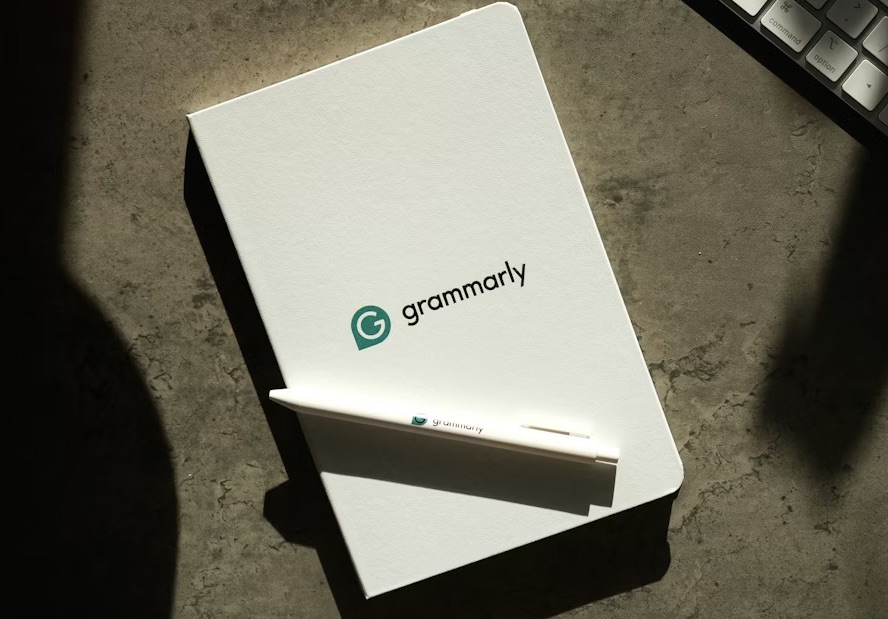
Grammarly has launched a redesigned document-based interface, built on the foundation of Coda, the productivity startup it acquired last year. The new setup integrates a suite of AI-powered features tailored for students and professionals, including an AI grader, proofreader, and citation finder.
The interface takes a block-first approach, allowing users to insert tables, columns, separators, lists, and headers directly into their documents. Rich text blocks can also be added to emphasize key details or provide tips and alerts, making it easier to create structured and interactive content.
A sidebar hosts Grammarly’s AI assistant, which can summarize text, answer questions, and offer real-time writing suggestions.
Expanded AI Tools
Grammarly has added a range of AI tools designed to meet diverse needs. “Reader Reactions” enables writers to choose a reader persona and get feedback tailored to that perspective. “Grader” provides structured feedback based on instructor guidelines and publicly available course material. “Citation Finder” helps locate and generate citations from public sources. Meanwhile, the “Paraphraser” adjusts tone and phrasing to match user preferences.
To address academic and professional integrity, Grammarly introduced agents that can detect plagiarism and AI-generated writing. Company executives acknowledged that such detectors are not perfect but emphasized their accuracy compared to other tools in the market. Importantly, these detectors are designed to guide students rather than act as punitive enforcement. A separate authorship tool exists for stricter policy enforcement.
Balancing AI Writing and Detection
Grammarly’s approach is a mix of helping users leverage AI for productivity while also ensuring accountability. The company frames this balance as a “moral imperative” to prepare students for a future where AI will play a central role in the workplace.
The company recently acquired email client Superhuman, signaling further integration of AI agents into its product ecosystem. In May, Grammarly secured $1 billion from General Catalyst to support acquisitions and strengthen sales and marketing efforts.
Author’s Opinion
What Grammarly is doing feels like walking a tightrope. On one hand, it gives students powerful AI tools to write faster and better; on the other, it also builds detectors to catch when text looks too much like it came from AI. While this may sound contradictory, it’s actually smart positioning. Grammarly wants to be the go-to platform whether people are using AI or trying to prove they didn’t. The challenge will be trust—students and teachers alike need to believe that these tools aren’t stacked against them.
Featured image credit: Dmitry Spravko via Unsplash
For more stories like it, click the +Follow button at the top of this page to follow us.
